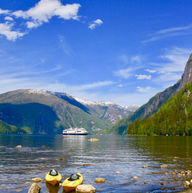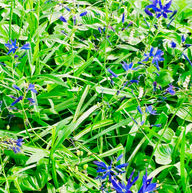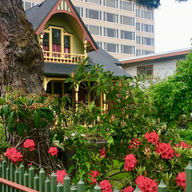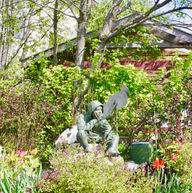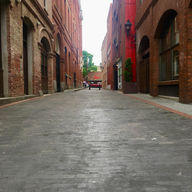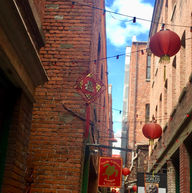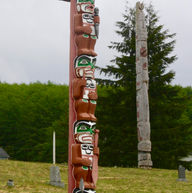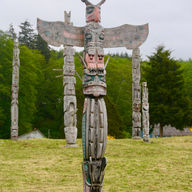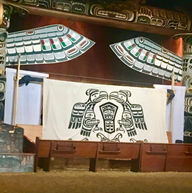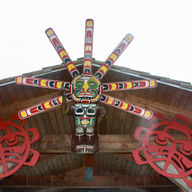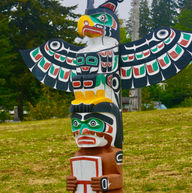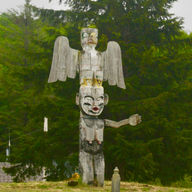
Ms. Hynes' Sustainability Makers Lab
" A picture is worth a thousand words..."
Photography is a powerful way to tell stories. Travel on The National Geographic Quest by looking through these photos to learn more about the expedition. Click on each to start the slideshow and don't forget to read the descriptions!
What is Ms. Hynes doing?
There were tons of activities to partake in during the expedition. Some were for fun, others were to gain data or observations, and others were to experience Alaska and Canada! All helped me really hone in to my sense of exploration! Can you take a guess as to what I was doing when each of these photos was taken?
Animals of the Pacific Northwest
SO. MANY. ANIMALS! It was amazing to see the variety of wildlife that lives in the Pacific Northwest region. And to get so close to them was incredible! Now remember, as an explorer, you don't want to get TOO close to animals. We need to respect them and their space. Good thing my camera has zoom!
Glaciers, Ice, and Calving!
When we got closer to the glaciers, it became colder! I wonder why? ICE!!
Seeing the bright blue colors within the glaciers was amazing! But the ice isn't actually blue- it's clear, just like the ice that you and I use in our drinks! Blue ice occurs when snow falls on a glacier, is compressed, and becomes part of the glacier. Air bubbles are squeezed out and ice crystals enlarge, making the ice appear blue.
Alert Bay, British Columbia
These pictures are from Alert Bay in British Columbia where the indigenous group of the Kwakwaka'wakw people live. They have faced many struggles over the years because the government didn't respect them.
There is a ceremony called a potlatch, which is a beautiful celebration in their culture. In 1921, the government made it illegal to participate in a potlatch. If anyone was seen wearing costumes, meeting with their families for this ceremony, or doing the traditional dances- they WERE ARRESTED. All of their beautiful masks, outfits, and items were taken away.
Good news. During the 1970s and 80s, the Kwakwaka'wakw regained their possessions. We were able to see the artifacts in a museum at the U'mista Cultural Centre.































